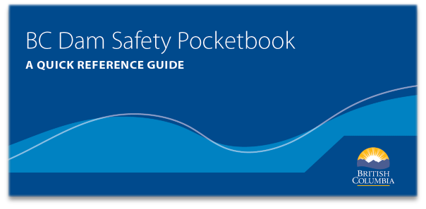Module 1: Introduction to dam safety in B.C.
With over 1500 regulated dams in British Columbia, the Water Sustainability Act and Dam Safety Regulations of 2016 set out specific requirements for water license users and dam owners within the province. The regulations set requirements for all dams based on best practices in dam design, construction, operation, and maintenance.
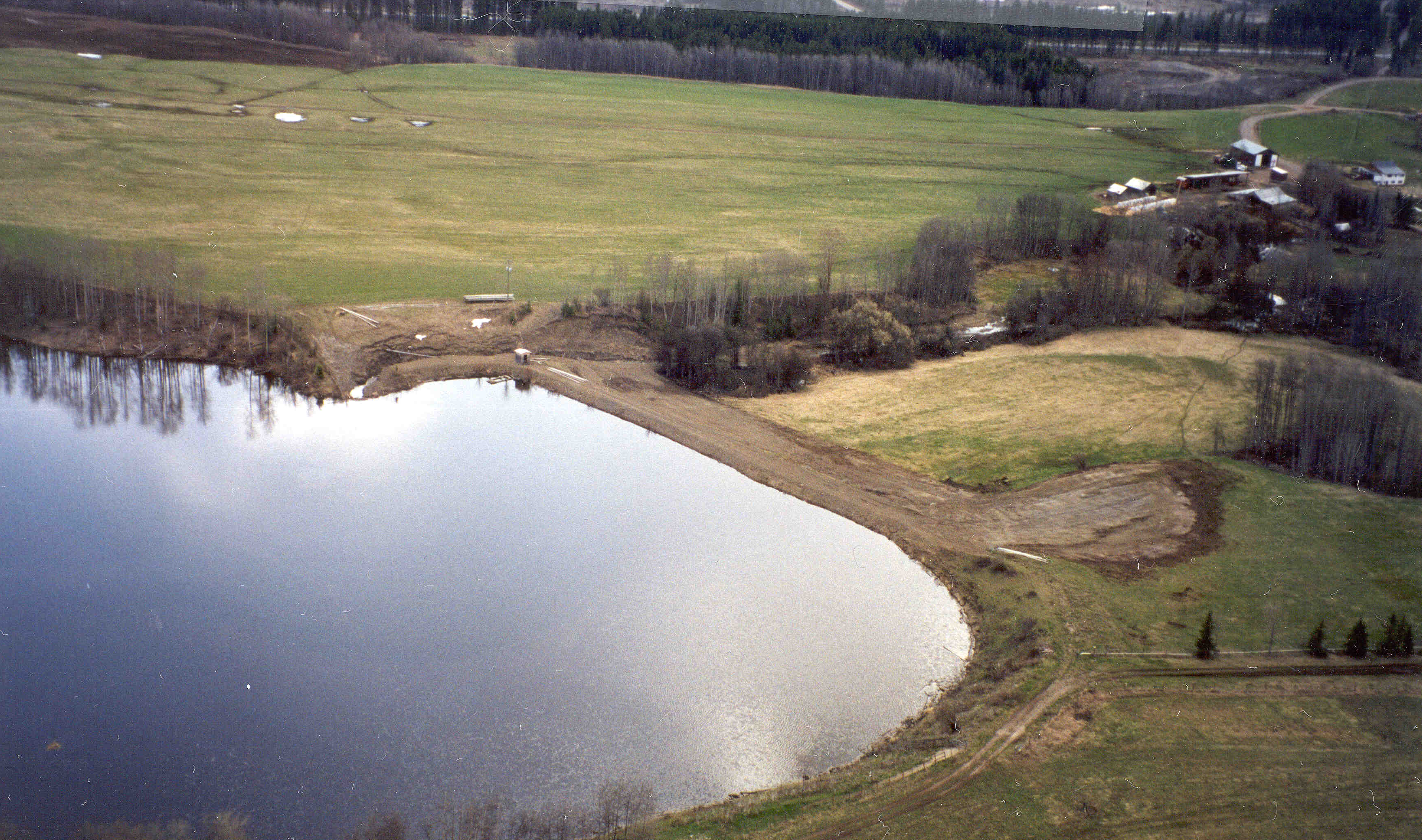
Below is the definition of a dam, outlined by the regulations:
"dam" means
(a) a barrier constructed for the purpose of enabling the storage or diversion of water diverted from a stream or an aquifer, or both, and
(b) other works that are incidental to or necessary for the barrier described in paragraph (a)
Dam Safety around the world stems from reducing the risk of any and all potential failures, to a minimum. Dam failures may result in the damage of residents, environments, infrastructures, and other catastrophes. Dam failures are imminent if any dam is left to deteriorate due to an absence of proper management. Future dam failures are avoidable through best practices and proper maintenance. The risk of dams failing however, will likely never be completely eliminated.
The Testalinden Dam Failure | 2016 Regulations Revision
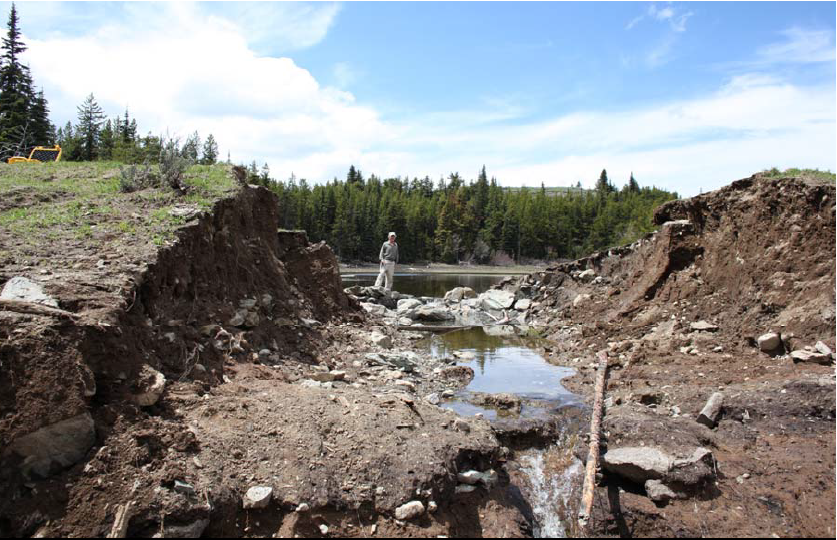
In 2010, the Testalinden Dam failed in the middle of June, causing extensive and catastrophic damage to several homes south of Oliver, BC. The failure event was covered widely in local and national media. As a result of this event, the Solicitor General of British Columbia made recommendations to improve the provincial dam safety program.
This set out the new 2016 revisions to the Dam Safety Regulations under the Water Sustainability Act.
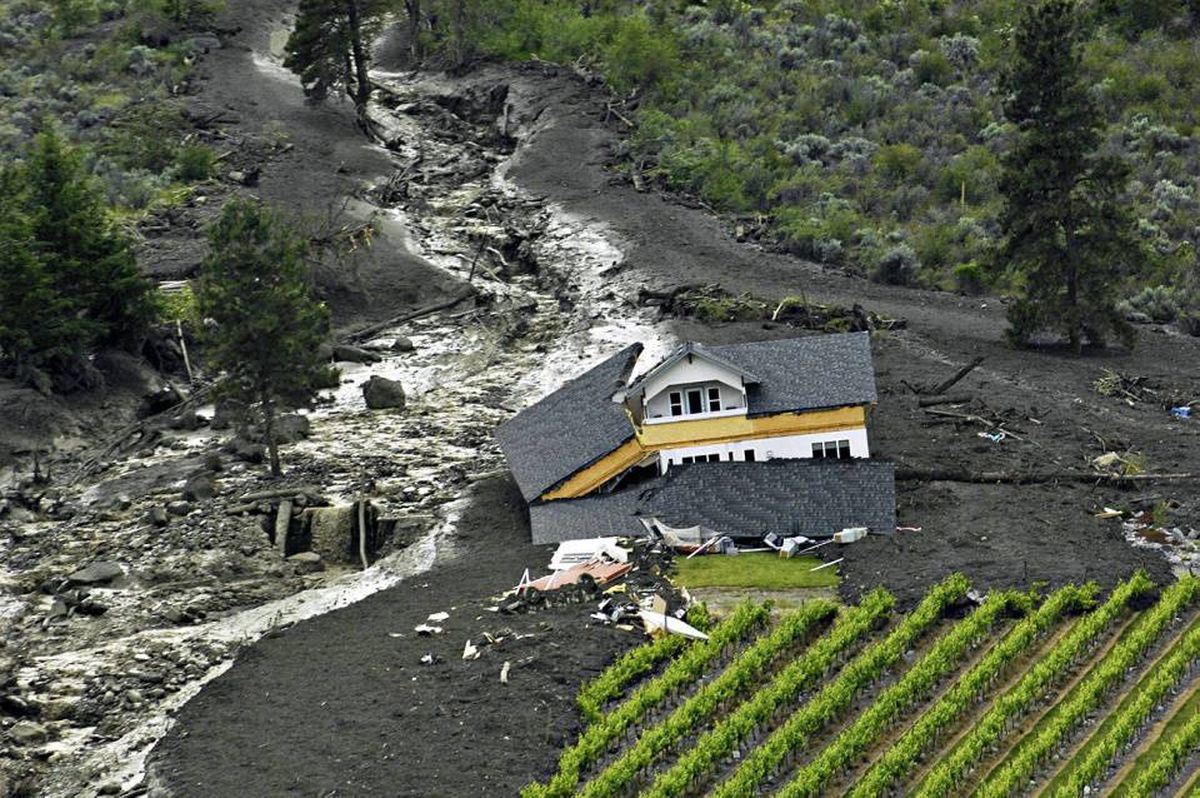
The overall losses and compensation to land owners reached around $20 million. Prior to failure, the dam was classified as a low consequence dam. This was found to be an inappropriate classification following the event.
The 2016 regulations implemented a higher level of regulatory review, with a larger focus on dam safety assessments for smaller dams.
Dam Safety in B.C.
In British Columbia, there are five direct parties involved in dam safety and public safety:
- Downstream Inhabitants
- Dam Owners
- Regulators
- Emergency Management and Climate Readiness
- Local Government
1. Downstream Inhabitants

Individuals and residents who are within the immediate vicinity directly downstream of a dam, or within the flood inundation zone are at risk to a potential dam failure.
The safety of public lives is the first priority for all 5 parties noted above.
The dangerous impacts of a potential dam failure can directly and rapidly affect the livelihood of all residents at risk, in addition to the infrastructure and environment around them.
Dam owners should have the contact information of all downstream inhabitants and/or a key emergency contacts in the event of an emergency evacuation. This requirement is part of the Dam Emergency Plan under the regulations. Information regarding this emergency plan can be found online, or through your dam safety officer.
2. Dam Owners

Dam owners are directly responsible for the proper maintenance and safety of their dam(s). It is the responsibility of the owner to obtain the knowledge, resources, and information that is necessary for safely managing their dam. The BC Dam safety program provides a multitude of resources and information available online, as well as through the region's dam safety officer.
In the event of a dam failure, owners may be held liable for damages, should they be unable to show due diligence and compliance with the regulations.
The holder of the Water License is considered the 'dam owner'. Under the Water Sustainability Act, that individual or persons must exercise reasonable care for their 'works'. Reasonable care is defined as conducting regular inspections, maintenance, and other duties necessary for safe operations.
Owners are encouraged to reach out to the dam safety program, their dam safety officer, and attend workshops or training sessions held by the program throughout the year. It is recommended that owners speak or consult with their dam safety officer for guidance on everything related to their dam.
3. Regulators
As the provincial regulators for dam safety in British Columbia, the dam safety program follows four pillars of dam owner compliance:
Education and Awareness
The majority of the program's education material can be found on the dam safety website. Additionally, the program conducts multiple courses each year such as the Inspection & Maintenance workshops and the Dam Safety Management workshop.
The program is constantly developing various training and educational resources for dam owners within British Columbia.
Dam Registry
The dam registry is an online database that contains basic information of all individuals dams in British Columbia. It can be accessed through the provincial website on iMapBC.
A majority of the approximate 1,900 dams are geo-referenced through Google Earth and iMapBC.
Compliance Mail Outs
Dam owners of high, very high, and extreme consequence dams must submit an Annual Self-Report that provides critical information on the safety and operation of their dam.
The submission of this annual report is required under the regulations through the Dam Safety Compliance and Enforcement procedures.
Dam Auditing
While the responsibility to inspect the dam rests with the owner, dam safety officers conduct periodic audits to determine if the owner is conducting proper inspections in compliance with regulations and guidelines. The frequency of audits are based on the consequence classification of the dam and other contributing factors.
4. Emergency Management and Climate Readiness(EMCR)
If a dam failure is severe enough, EMCR can become involved in response activities through the BCERMS structure depicted below:
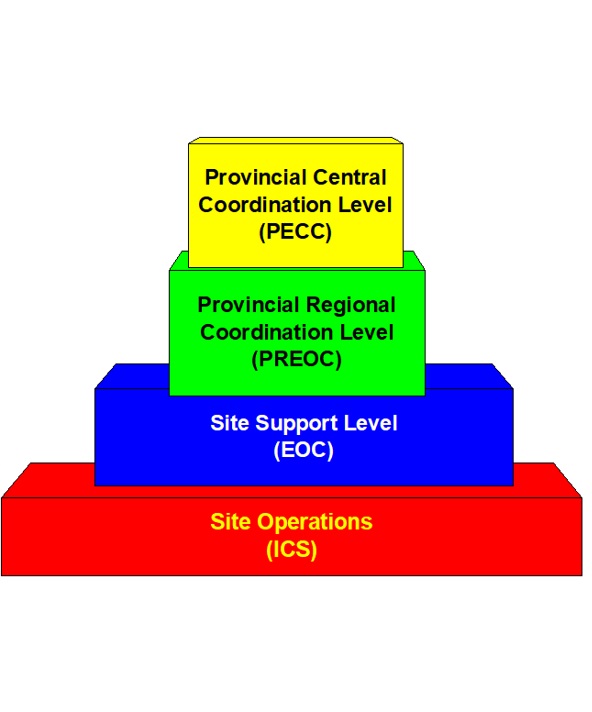
Initial response should be carried out through site operations by the dam owner represented by the red box.
If the dam owner cannot effectively manage the response, local government can become involved through the EOC represented by the blue box.
If local government needs additional support, the EMCR will activate a PREOC, as shown in the green box.
If the event overwhelms capacity at PREOC, EMCR will activate the PECC, depicted in yellow,
5. Local Government
As part of the Dam Emergency Plan, it is critical that the dam owner communicates with local government in order to outline an emergency response plan in the event of a dam failure.
Local government (EOC) will coordinate the emergency response logistics in the event of an evacuation. EMCR will always be able to assist the local governments. The EMCR call center maintains a current call out list for all dam safety officers in the province.
More information regarding the Dam Emergency Plan can be found online, or through your dam safety officer.
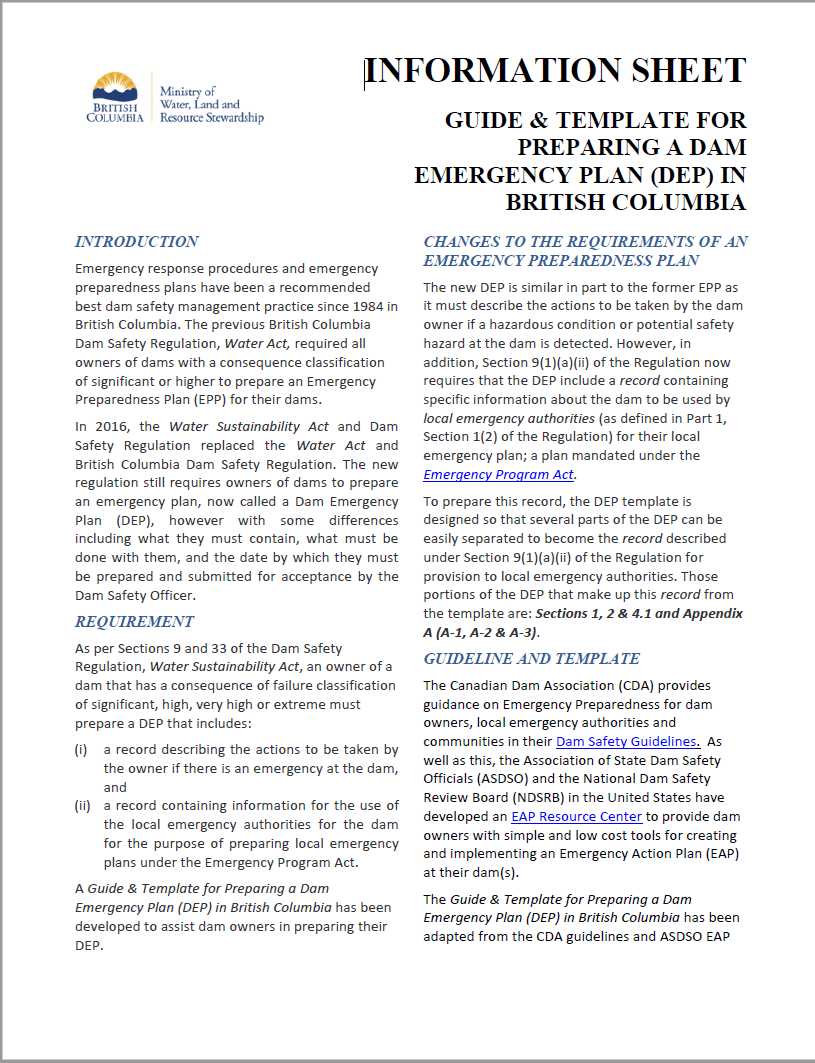
Back to Course Introduction Continue to Module 2

